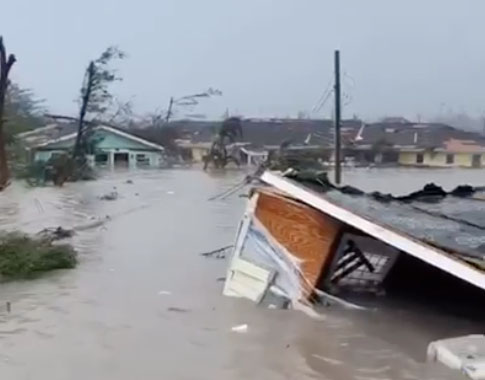- Home
- About Us
- 30th Anniversary
- Membership
- CWWA Conference 2025
- Young Professionals
- CWWA Knowledge Hub
- News & Events
- Contact
- Member Login
- Home
- About Us
- 30th Anniversary
- Membership
- CWWA Conference 2025
- Young Professionals
- CWWA Knowledge Hub
- News & Events
- Contact
- Member Login
- Home
- About Us
- 30th Anniversary
- Membership
- CWWA Conference 2025
- Young Professionals
- CWWA Knowledge Hub
- News & Events
- Contact
- Member Login
- Home
- About Us
- 30th Anniversary
- Membership
- CWWA Conference 2025
- Young Professionals
- CWWA Knowledge Hub
- News & Events
- Contact
- Member Login
- Home
- About Us
- 30th Anniversary
- Membership
- CWWA Conference 2025
- Young Professionals
- CWWA Knowledge Hub
- News & Events
- Contact
- Member Login
- Home
- About Us
- 30th Anniversary
- Membership
- CWWA Conference 2025
- Young Professionals
- CWWA Knowledge Hub
- News & Events
- Contact
- Member Login
DPM: Govt to tap into disaster insurance, $100 mil. IDB loan

 The country’s parametric insurance coverage through the CCRIF SPC (formerly Caribbean Catastrophic Risk Insurance Facility) will likely kick in due to the strength and devastation of Hurricane Dorian, Deputy Prime Minister and Minister of Finance Peter Turnquest told Guardian Business yesterday, adding that the government will also likely have to turn to the Inter-American Development Bank’s (IDB) $100 million contingent loan for natural disasters.
The country’s parametric insurance coverage through the CCRIF SPC (formerly Caribbean Catastrophic Risk Insurance Facility) will likely kick in due to the strength and devastation of Hurricane Dorian, Deputy Prime Minister and Minister of Finance Peter Turnquest told Guardian Business yesterday, adding that the government will also likely have to turn to the Inter-American Development Bank’s (IDB) $100 million contingent loan for natural disasters.
Turnquest, who spoke to this paper from his home on Grand Bahama awaiting the passage of Hurricane Dorian, explained that the payouts from these schemes go to the National Emergency Management Agency (NEMA) after the occurrence of a natural disaster, to bring relief to the people most affected by the storm.
In May 2018, the government successfully negotiated the zoning of The Bahamas with the CCRIF SPC, which allows the country to claim from the insurance scheme based on catastrophic damage sustained in each zone of The Bahamas separately.
Those three zones are the north, south and central Bahamas, which have different premiums and attachment points.
“Hopefully with the restructuring we did, this will result in the threshold for a payout,” he said.
“Hopefully there is enough payout to help offset the immediate costs.”
In January of this year, the government debated and passed a resolution to borrow $100 million from the IDB. Prime Minister Dr. Hubert Minnis explained then in the House of Assembly, the country’s critical need for a contingency loan to fund disaster management.
Minnis said during his contribution in the House of Assembly in January that the government has to move with a sense of urgency to secure money to jumpstart the Bahamas economy after a natural disaster.
The government also began to build its disaster relief fund, but Turnquest said yesterday it is nowhere near what is necessary by the looks of the devastation occurring on Abaco as a result of Hurricane Dorian.
Many international bodies have touted the need for The Bahamas to protect itself against strong hurricanes, especially in the midst of the prospect of stronger storms caused by global warming.
The Bahamas paid a premium of $2.8 million to CCRIF SPC in the 2017/2018 budget year. Because The Bahamas did not meet the attachment point that would trigger a payment based on CCRIF SPC’s models, the country did not receive one. It did, however, receive $397,598 based on the CCRIF SPC’s aggregate deductible cover – a new offer of the insurance scheme.
Had The Bahamas purchased a policy for the 2016/2017 year, the payout from CCRIF based on both the tropical cyclone and excess rainfall policies would have been more than $32 million. This would have been the case because, based on the CCRIF’s models, The Bahamas after Hurricane Matthew would have exceeded losses greater than the policy’s exhaustion point of $712,849,507.
Original source: https://thenassauguardian.com/2019/09/02/dpm-govt-to-tap-into-disaster-insurance-100-mil-idb-loan/
